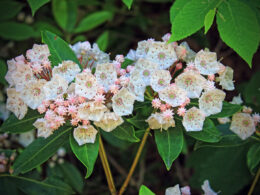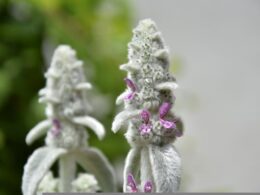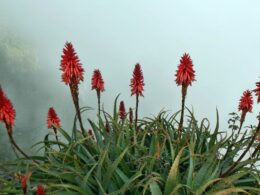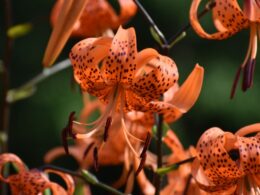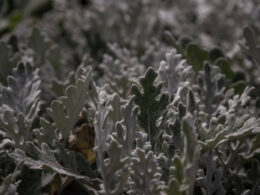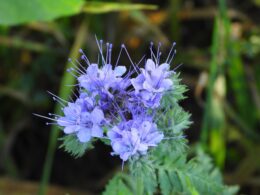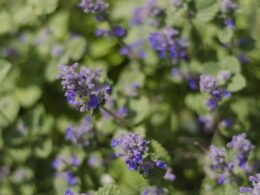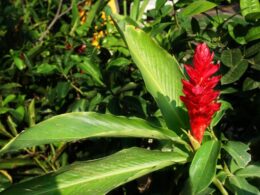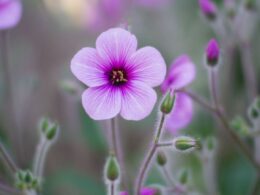Ghost Flower Appearance
The ghost flower (Mohavea confertiflora) is an annual herb, native to the Mojave Desert from the Plantaginaceae family. The flower grows to be about 16 inches. The flowers are irregularly shaped with five petals. It’s usually white or yellow-white with pink dots at the base of each petal. The petals are thick and fleshy, and they are arranged in a rosette pattern. The center of the flower is filled with nectar, which attracts bees and other pollinators.
Ghost Flower Habitat and Distribution
The ghost flower is a beautiful but elusive plant that is native to the southwestern United States. It gets its name from its habit of growing in ghost-like clusters in rocky, remote areas. The ghost flower is most commonly found in Nevada, California, Arizona, and Mexico. The Mohavea confertiflora is an important part of the desert ecosystem, and its rarity makes it all the more special.
Ghost Flower Growing Conditions
The ghost flower blooms from late spring to early summer, and its flowers are a favorite of bees and hummingbirds. The plant gets its common name from the Mojave Desert, where it is commonly found growing in sandy or rocky soil. Although the Mohavea confertiflora is drought-tolerant, it will need occasional watering during prolonged periods of dry weather.
Soil Type
These tough plants are able to tolerate very hot and dry conditions, making them an excellent choice for xeriscaping. While they are relatively low-maintenance, ghost flowers do have some specific soil requirements. The ideal soil for these plants is low in organic matter and high in potassium. In addition, the pH should be over 7.0. Mohavea confertiflora can thrive in even the most inhospitable environments.
Can You Propagate Mohavea Confertiflora by Seed?
The Mohavea confertiflora, is a beautiful and rare flowering plant. While the plant can be propagated from a cutting, it is also possible to grow it from seed. Cover the bottom of the container with a layer of soil as thick as the seeds. Keep it moist in a sunny location. Avoid using plastic and maintain temperatures between 65-75 degrees Fahrenheit for best results. Place the planting container in a warm, sunny spot and keep the soil moist but not soggy. Germination takes from 3 to 8 weeks, depending on the variety.
Where to Get Mohavea Confertiflora?
If you’re interested in planting ghost flowers for yourself, your best bet is to purchase them from an online retailer that specializes in native plants. You can also find them at some botanical gardens and arboretums. When selecting a location for your desert bluebells, make sure to choose an area with well-drained soil and full sun.
Monotropa Uniflora (Ghost Pipe) Vs. Mohavea Confertiflora
Monotropa uniflora, also known as ghost pipe, Indian pipe, ghost flower or ghost plant, is a North American herb that gets its name from its white, cup-shaped flowers. The plant is found in woodlands and typically blooms between June and August. Indian pipe is a parasitic plant that doesn’t contain chlorophyll, and there is no photosynthesis. Instead, it gets its nutrients from the roots or mushrooms.
If you want to try mushrooms, especially jedi mind fuck read the information about this type of mushroom on Mushroom.cat first. Here’s the link: https://mushroom.cat/jedi-mind-fuck/
Mohavea confertiflora, also called a ghost flower, is a genus of North American wildflowers, from a different family. The plant is found in deserts. Desert bells are not parasitic like Indian pipe; they get their nutrients from the soil. Both plants are considered rare and are protected in some areas.








